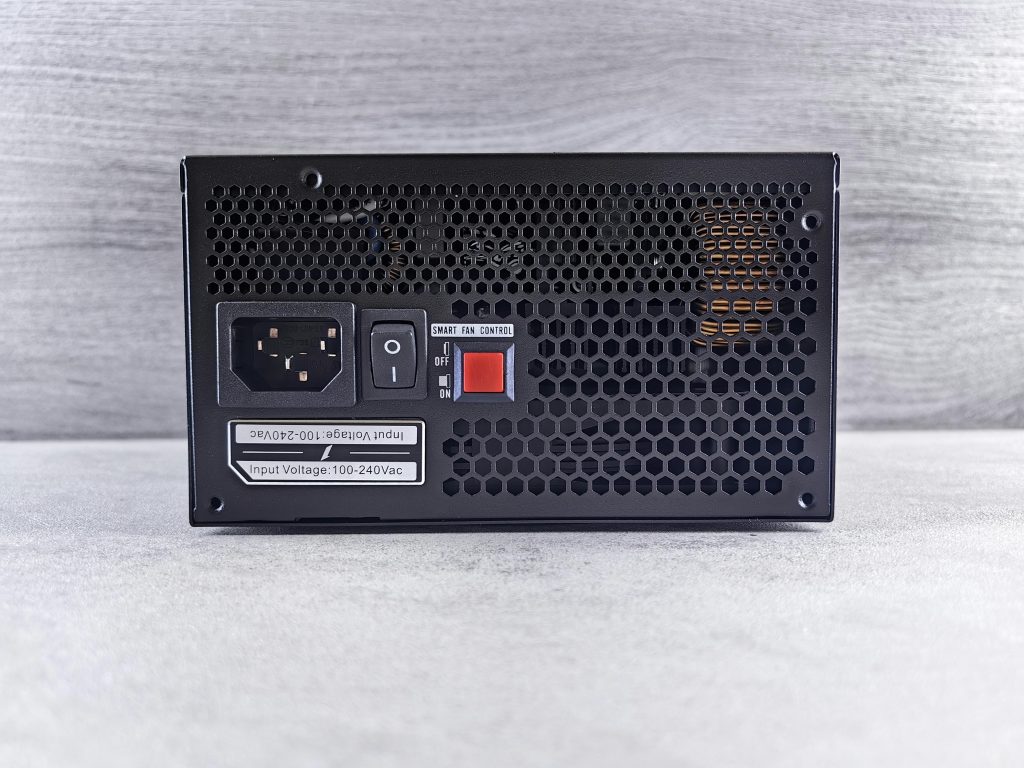The Importance of Regular Server Maintenance: A Cautionary Tale
Today, we experienced a significant server failure that affected one of our clients, highlighting the critical importance of regular maintenance and timely upgrades for any company’s IT infrastructure. For the past three years, we had been advising this customer about the potential risks associated with keeping an aging server in operation, but unfortunately, the warnings went unheeded.
The server in question suffered dual hard disk drive (HDD) failures after years of inadequate performance. The LED indicators on the server were so dim that we initially thought they might be broken, and the HDD error light was equally unhelpful, only adding to the uncertainty of the situation.
Our team attempted to reconstruct the RAID 10 array, hoping to salvage some data from the remaining operational drive. Regrettably, the damage was extensive, and the last backup—taken just two days prior—was likely corrupted. We initiated efforts to extract the most critical files, but the outlook remained grim.
Adding to the complications, the server was running on Windows Server 2008. This means that we will now need to establish a new Active Directory and migrate all existing computers to this new setup, resulting in substantial labor costs for the client.
This incident begs the question: Was it really worth it for the client to rely on a server that operated for three times its expected lifespan? Not only have they lost valuable data, but now they are faced with the daunting task of replacing a faulty system that was long overdue for an upgrade. The delay in getting a new server into their environment will only prolong their downtime and affect overall productivity.
The takeaway from this experience is clear: skimping on your company’s primary server can lead to catastrophic consequences. Proper maintenance, timely upgrades, and regular backups are essential for protecting vital business information.
Lastly, a side note on server conditions—this particular unit was the dirtiest we’ve encountered in some time. It raised eyebrow or two—was someone smoking in the server room? Such neglect only exacerbates the risks associated with aging hardware.
In closing, we urge all businesses to prioritize their IT infrastructure, ensuring that backups are up-to-date and servers are functioning within expected parameters. Preventive measures can save not just costs, but also weeks of lost work and critical data down the road.
Share this content:


